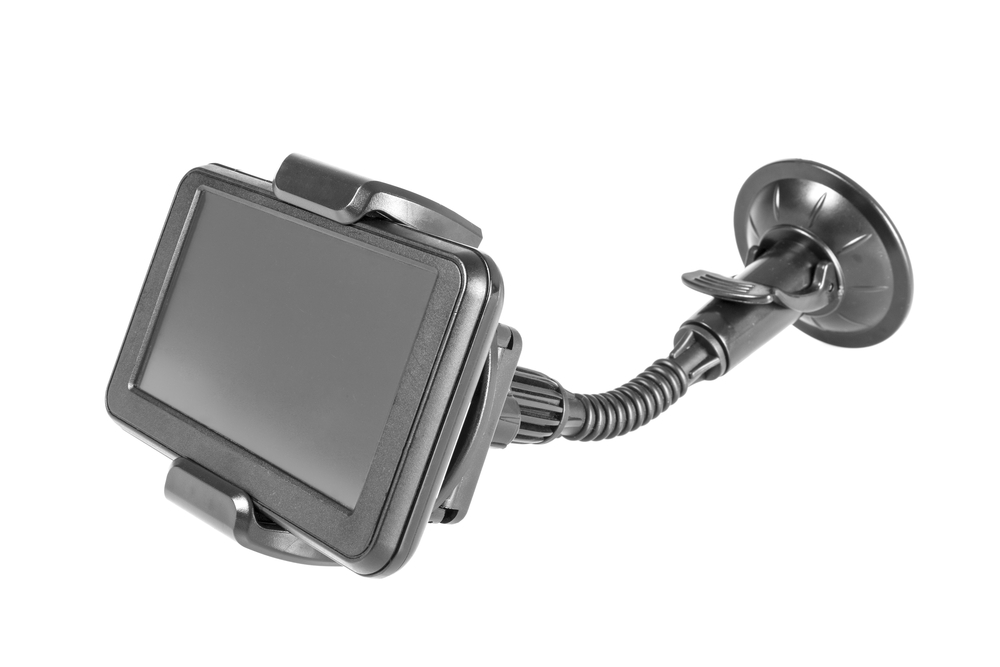The Office for National Statistics (ONS) recently announced that the standalone satellite navigation system (satnav) has been removed from the ‘basket of goods’ it uses to gauge UK inflation.
The reason is simple: people are not buying enough of them as they can either get the same service on their mobile phone or their new car has an in-built navigation facility.
With sales in rapid decline, the mourners are beginning to gather as satnavs prepare to join pagers, VHS tapes and the fax machine on the technology scraphead.
Technology has always been a driving force behind change but it is only relatively recently that it has become available to a large cross-section of society.
>See also: What is a true digital enterprise?
There has been a mass technical evolution, which has altered how customers interact with businesses and the customer journey.
Now more accessible and affordable than ever, consumers have power at their fingertips. Customers are in the driving seat and businesses need to ensure they are at their disposal at all times.
Just as the mass production of cars and democratised long-haul travel broadened mobility and opportunities for many, the internet fuelled arguably the biggest transformation for business development in living memory.
It sounded the starting pistol, bringing with it the development of smartphones, the dawn of e-commerce and greater transparency of goods and services on offer.
Businesses are rightly looking to innovate in line with the rate of technology’s evolution. After all, even small independent businesses are now on a global stage. Technology is not just the luxury of the biggest players; it is an absolute necessity.
Figures from Ofcom help to cement the argument, suggesting that 88% of 16-24 year olds own a smartphone, with Millennials spending over three and half hours a day on their devices.
In the 65-plus age category, smartphone ownership is just 14%. In the years to come, every generation will be technically savvy and this is a powerful resource for customer-facing businesses.
The evolution of technology has created a ‘have it now’ culture, whereby consumers need information at their fingertips. As such, attention spans are shorter. Businesses trying to attract the attention of consumers need to work harder.
Consumers have become desensitised to traditional marketing methods, so it is important that brands use new methods to interact as much as possible with their customers. The requirement for a seamless, omnichannel customer journey, with efficient processes every step of the way, is now greater than ever.
The importance of keeping a finger on the changes consumers have come to expect is paramount. We only need to look at the way in which household names have fallen by the wayside because they were unable to adapt in time.
The publishing industry in particular has seen notable casualties as we no longer need to wait until the latest editions of a magazine to come out to get our hit of celebrity gossip or ‘lad culture’. Favourites such as Company have gone purely online, whilst titles such as Loaded and More! have folded completely.
In the retail sector, a high street name that failed to keep up with changes in technology and the customer journey was Blockbuster. The former video giant was the top UK rental chain in the 1990s when it crossed the pond from the US.
Whilst the company adapted from VHS to DVD with relative ease and introduced postal rental services, the shift to online services was something it could not keep up with.
>See also: How to overcome the barriers to digital transformation
Customer expectations were undercut by the brand, with online-only companies such as LoveFilm delivering to their doors. The death knell was sounded with the run away success of streaming services such as Netflix, and the company closed its doors in the UK in 2013.
The constant shifts in technology’s progress will always dictate the way successful businesses operate. It is essential that whatever the sector, businesses take note of the changes that will come to meet consumers’ needs and surpass expectations.
Each customer embarks on a journey every time they engage with a business. Those companies who recognise that and take ownership of that journey will be the ones that guide themselves to continued success.
Sourced from Ajay Joshi, Tensator Group










